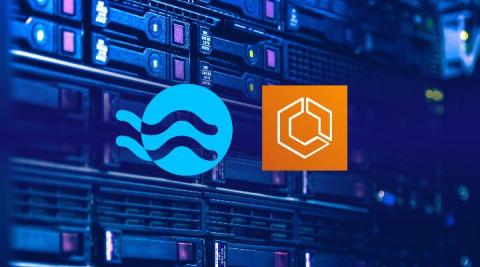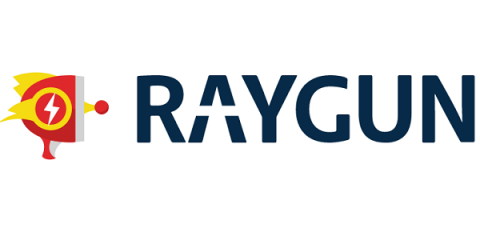Five worthy reads: Keeping a close eye on cybersecurity while working remotely
Five worthy reads is a regular column on five noteworthy items we’ve discovered while researching trending and timeless topics. This week, we highlight the importance of creating and enforcing a solid cybersecurity strategy for employees who work remotely.











